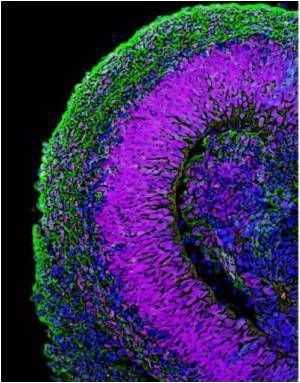A highly elastic biodegradable hydrogel for bio-printing of materials that mimic natural human soft tissues developed.

The researchers have described their findings in a new journal paper published recently in the American Chemical Society's ACS Applied Materials and Interfaces as "Highly Elastic Biodegradable Single-Network Hydrogel for Cell Printing." The paper was also selected as an American Chemical Society Editors' Choice. A tri-block biodegradable polymer of polycaprolactone - poly (ethylene glycol) - polycaprolactone (PCL-PEG-PCL) with two end groups of acrylates and a visible-light water-soluble initiator forms this hydrogel for cell printing. "Polycaprolactone and poly (ethylene glycol) are already widely used in Food and Drug Administration - approved devices and implants, which should facilitate quick translation of the material into pre-clinical and clinical trials in the future," Hong said.
"The tunability of the mechanical properties of this hydrogel to match different soft tissues is a real advantage," he added. Michael Cho, UTA chair of bioengineering, congratulated Hong and his colleagues on this research. "These colleagues may have created a new way of thinking about hydrogel bio-printing research," Cho said. "This work is also critical in advancing UTA's strategic theme of health and the human condition through cross-disciplinary work."
Source-Eurekalert









